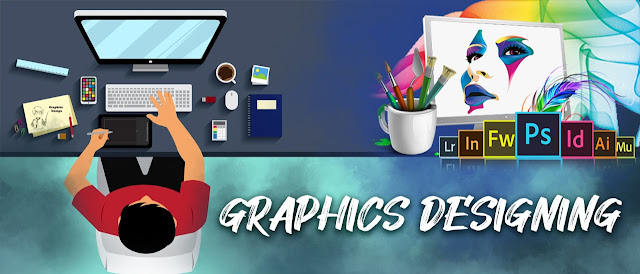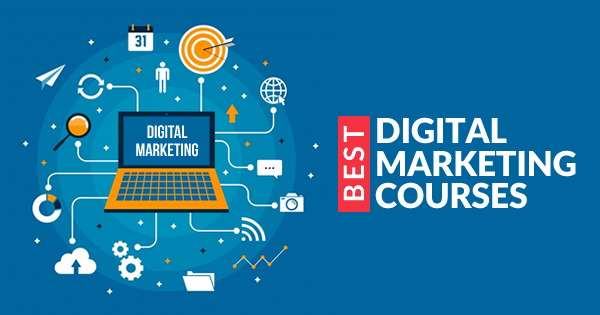Becoming a Design Maestro: Your Graphic Design Course Roadmap
Graphic design is a field that is constantly evolving, with new trends and technologies emerging all the time. To stay ahead of the curve and become a truly great graphic designer, it is important to have a solid foundation in the fundamentals of design, as well as the skills and knowledge to use the latest tools and software.
This blog post will provide you with a comprehensive roadmap to becoming a graphic design maestro. We will cover everything from the basics of design principles and theory to more advanced topics such as user experience (UX) design and motion graphics. We will also recommend some of the best graphic design courses available, both online and in-person.
Step 1: Learn the basics of design principles and theory
Before you can start creating beautiful and effective designs, you need to understand the basic principles and theories of design. This includes things like typography, color theory, layout, and composition. There are many great resources available to help you learn about these topics, including books, online tutorials, and even college courses.
Here are some of the most important design principles and theories to learn:
- Typography: Typography is the art and technique of arranging type. It is important to understand the different types of fonts, how to use them effectively, and how they can affect the overall tone and mood of your design.
- Color theory: Color theory is the study of how colors interact with each other. It is important to understand how to choose complementary colors, create contrast, and use color to evoke different emotions.
- Layout: Layout is the arrangement of elements on a page or screen. It is important to consider factors such as balance, hierarchy, and whitespace when creating a layout.
- Composition: Composition is the art of arranging elements in a way that is visually appealing and effective. It is important to consider factors such as leading lines, rule of thirds, and focal points when composing your design.
Step 2: Build your skills with graphic design software
Once you have a good understanding of the basics of design, you need to learn how to use graphic design software. The most popular graphic design software programs include Adobe Photoshop, Illustrator, and InDesign. These programs offer a wide range of tools and features that can help you create stunning designs for a variety of purposes.
There are many different ways to learn how to use graphic design software. You can take a class, read a book, or watch online tutorials. You can also find many helpful resources on the websites of the software companies themselves.
Step 3: Master the ins and outs of design programs
Once you have a basic understanding of how to use graphic design software, you need to start practicing and mastering the ins and outs of the programs. This means learning how to use all of the different tools and features, as well as understanding the different workflow options.
The best way to master graphic design software is to use it regularly. Work on personal projects, create designs for friends and family or even volunteer your services to local businesses. The more you use the software, the better you will become at using it.
Step 4: Create a portfolio of projects
Your portfolio is a collection of your best work that showcases your skills and abilities as a graphic designer. It is important to have a strong portfolio in order to land a job or attract clients.
When creating your portfolio, be sure to include a variety of different types of work, such as logos, branding, website designs, and social media graphics. You should also include a brief description of each project, explaining what you did and what challenges you faced.
Step 5: Grow your network
Networking is an important part of any career, but it is especially important in the field of graphic design. Networking can help you learn about new opportunities, meet potential clients, and collaborate with other designers.
There are many different ways to network, such as attending industry events, joining online communities, and reaching out to designers you admire. You can also network by volunteering your services to local businesses or non-profit organizations.
Step 6: Get some work experience
One of the best ways to learn and grow as a graphic designer is to get some work experience. This could involve getting an internship, working as a freelance designer, or even getting a full-time job at a design firm.
When you are first starting out, it is important to be willing to take on any type of work that comes your way. Even if the work is not glamorous, it will give you valuable experience and help you build your portfolio.
Step 7: Continue to learn and grow
The field of graphic design is constantly evolving, so it is important to continue to learn and grow as a designer. This could involve reading industry publications, attending workshops and conferences, or taking online.
Conclusion
- Practice Makes Perfect: Design is a skill that gets better with practice. The more you experiment, create, and refine your work, the closer you'll get to achieving mastery.
- Stay Curious: The world of design is ever-evolving. Stay curious and open to new ideas, techniques, and tools. This will keep your work fresh and innovative.
- Feedback Matters: Don't be afraid to seek feedback from peers, mentors, and clients. Constructive criticism is a valuable part of the learning process.
- Never Stop Learning: The design industry is dynamic, and technologies change rapidly. Continue to learn and adapt to new trends and software to stay at the forefront of your field.
- Build a Portfolio: Your portfolio is your calling card in the design world. Regularly update it with your best work to showcase your skills and style.


Comments
Post a Comment